2025 Toyota Camry LE vs Camry SE: Key Differences originally appeared on Autoblog.
The Toyota Camry midsize sedan is fully redesigned for 2025, and though it's a little more expensive than the previous generation model, it now comes standard with a hybrid powertrain. The new Camry is sure to attract budget-conscious shoppers, but which trim level offers the best value?
Comparing value trims in this midsize sedan lineup
The 2025 Toyota Camry is currently available in LE, SE, XLE, and XSE trims. Although it’s fully redesigned this year, the trim lineup carries over from 2024, except for last year’s top-tier TRD (Toyota Racing Development) performance trim. For Camry shoppers focused on finding the best value, the LE and SE models are the sweet spots. Both are good choices, though a thorough understanding of the differences between the two, and how they differ from the more expensive trims, will help consumers resist upsells and other high-pressure sales tactics at the dealership.
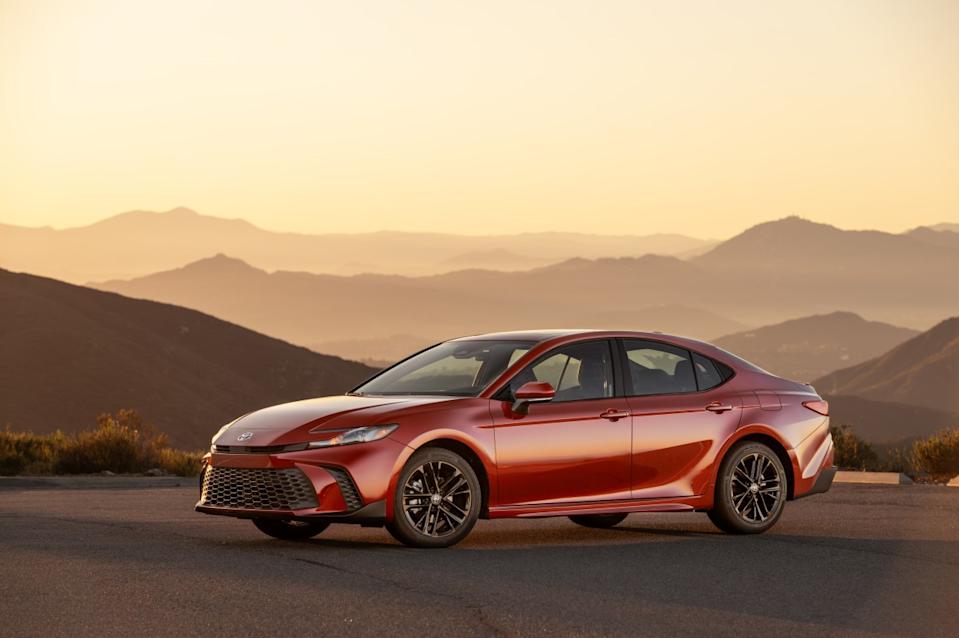
The Camry LE is cheaper, but sacrifices some style and comfort
Starting at $28,700, the 2025 Toyota Camry LE is the entry point to this midsize sedan’s lineup. It’s more affordable than the SE, which starts at $31,000, a difference of $2,300. Common features include push-button start, wireless charging, a six-speaker audio system, a seven-inch digital gauge cluster, an eight-inch touchscreen, and wireless Apple CarPlay and Android Auto compatibility.
Since the Camry is fully redesigned, it looks fresh, though basic. Exterior differences are subtle between these two versions of the Camry. Both feature LED headlights, taillights, and daytime running lights, along with black exterior trim. The Camry LE gets a black grille, 16-inch silver alloy wheels, cloth upholstery, manually-adjustable front seats, and not much else noteworthy. The Camry SE gains a mesh grille, 18-inch black alloy wheels, dual exhaust tips, slightly sportier exterior trim (such as the front lower diffuser and the rear trunk spoiler), cloth and SofTex synthetic leather upholstery, a power-adjustable driver’s seat, and a leather-trimmed steering wheel with paddle shifters. While both models are available with heated front seats, only the SE is available with a 12.3-inch touchscreen.
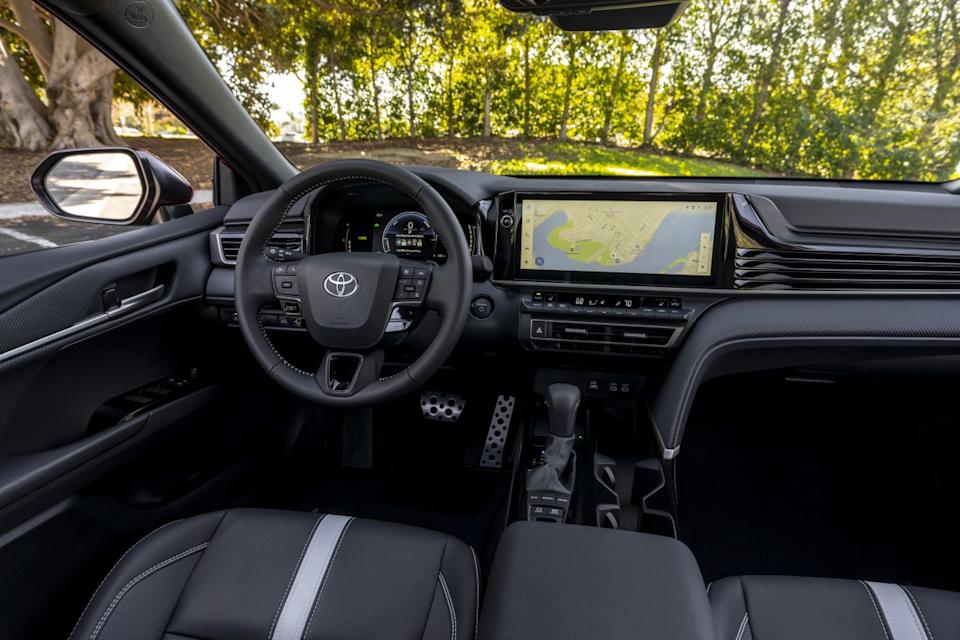
The Camry LE and SE have the same list of standard safety features, including a rearview camera, the Toyota Safety Sense 3.0 pre-collision system, blind-spot monitors, and a rear-seat reminder system.
Neither of these Camry trims is particularly posh or noteworthy. They have the same infotainment system and only minor differences elsewhere. If the Camry SE featured, for example, standard heated front seats, more safety features, or an upgraded infotainment system, it would be a better justification for the price difference. Yet, to some shoppers, the slightly less bland appearance of the Camry SE, particularly the upgrade to 18-inch wheels, may be worth the money.
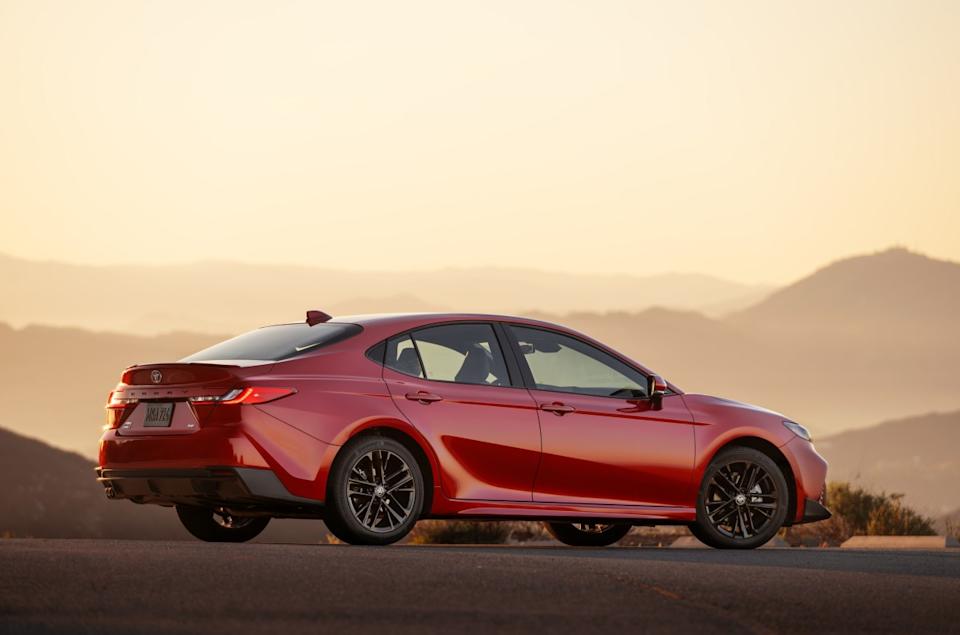
Performance is similar
The Camry LE and SE both feature a 2.5-liter four-cylinder engine, two electric motors, a lithium-ion battery, and a CVT. Front-wheel drive comes standard, and all-wheel drive, which adds a third electric motor, is available on both trims for $1,525. With FWD, the Camry is rated for 225 horsepower and 163 lb-ft of torque. With AWD, the Camry offers 232 horsepower, but Toyota does not provide official torque specifications.
Both versions of the Camry feature an independent MacPherson strut front suspension and multi-link rear suspension, though the SE model adds sport-tuned shocks and springs. Most Camry shoppers aren’t looking for athletic handling, but the SE’s suspension tuning improves ride quality as well as driving dynamics.
The LE is more efficient than the SE. The former earns up to an EPA-estimated 53 mpg in the city and 50 mpg on the highway with front-wheel drive, while the latter is rated for 48 mpg in the city and 47 mpg on the highway. The difference is likely due to the SE model’s bigger wheels.
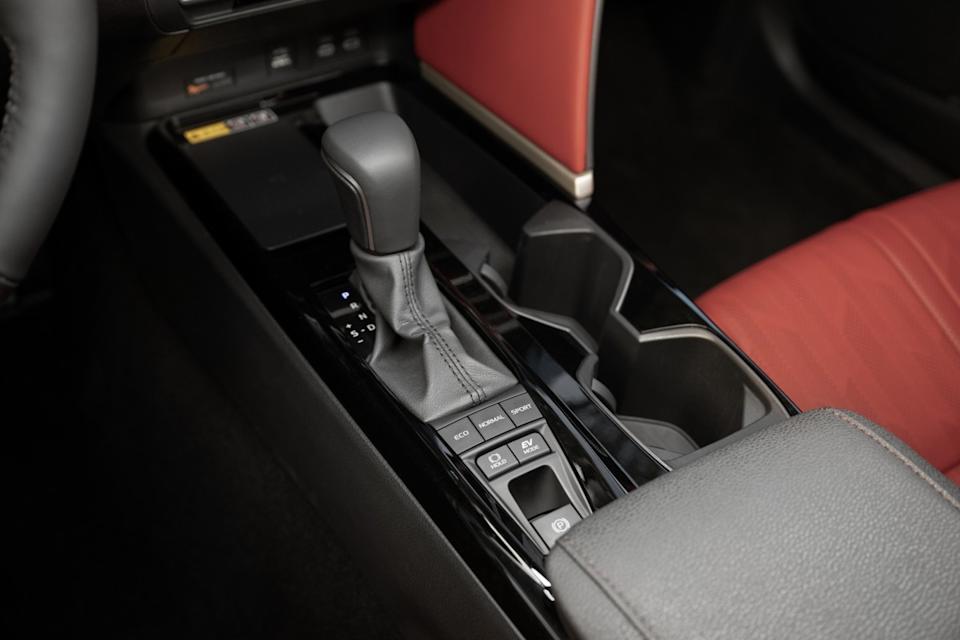
Beyond these trim levels, the Camry gets expensive
The Toyota Camry is also available in XLE and XSE trim levels, which start at $33,700 and $34,900, respectively. The top-end XSE is a significant increase of $6,200 and $3,900 over the LE and SE. There’s no increase in performance for the XSE, and there are no additional standard safety features, though there are more safety options. That means the differences are in styling, comfort, and convenience features. The XSE gets 19-inch alloy wheels and sportier exterior detailing, a choice of red or black leather upholstery, heated front seats, a 12.3-inch digital gauge cluster, and a 12.3-inch touchscreen.
Final thoughts
The Toyota Camry’s LE trim level may capture shoppers’ attention with a low base price, but few buyers are likely to be satisfied with this model’s equipment level. The SE is arguably a better pick for value, with a higher grade of upholstery and suspension tuning that enhances driving dynamics and ride quality. Overall, the 2025 Toyota Camry SE will be a more pleasant car to own than the Camry LE, though the Camry’s value diminishes beyond this point.
2025 Toyota Camry LE vs Camry SE: Key Differences first appeared on Autoblog on Jul 30, 2025
This story was originally reported by Autoblog on Jul 30, 2025, where it first appeared.
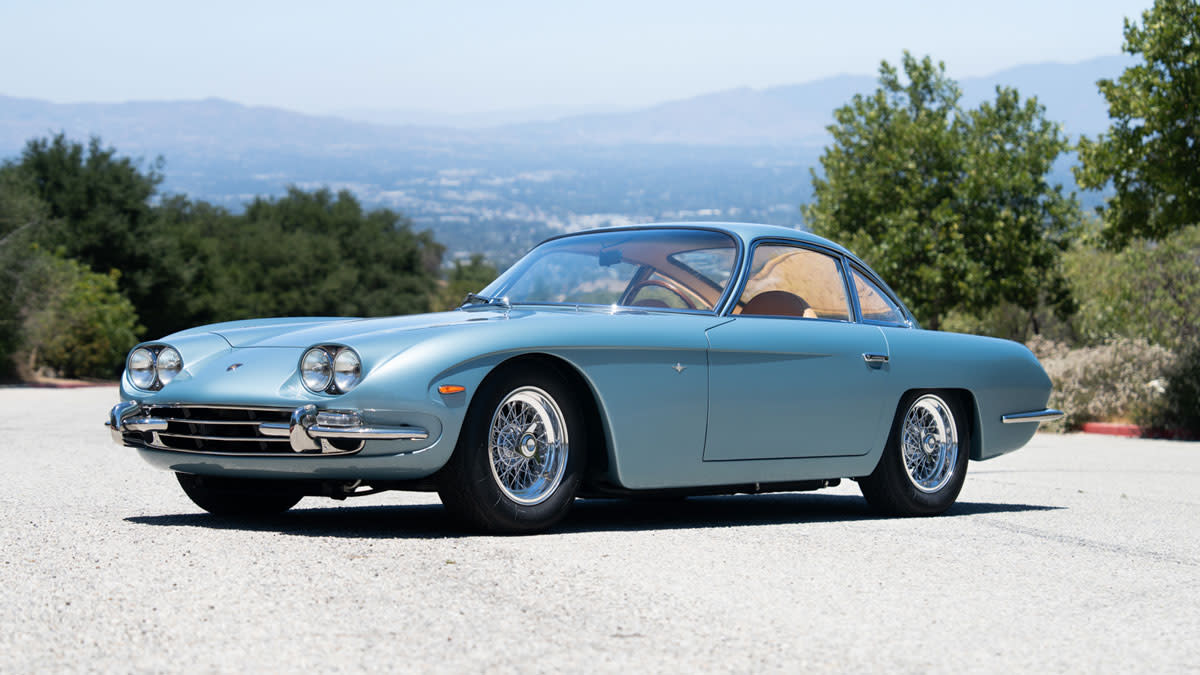
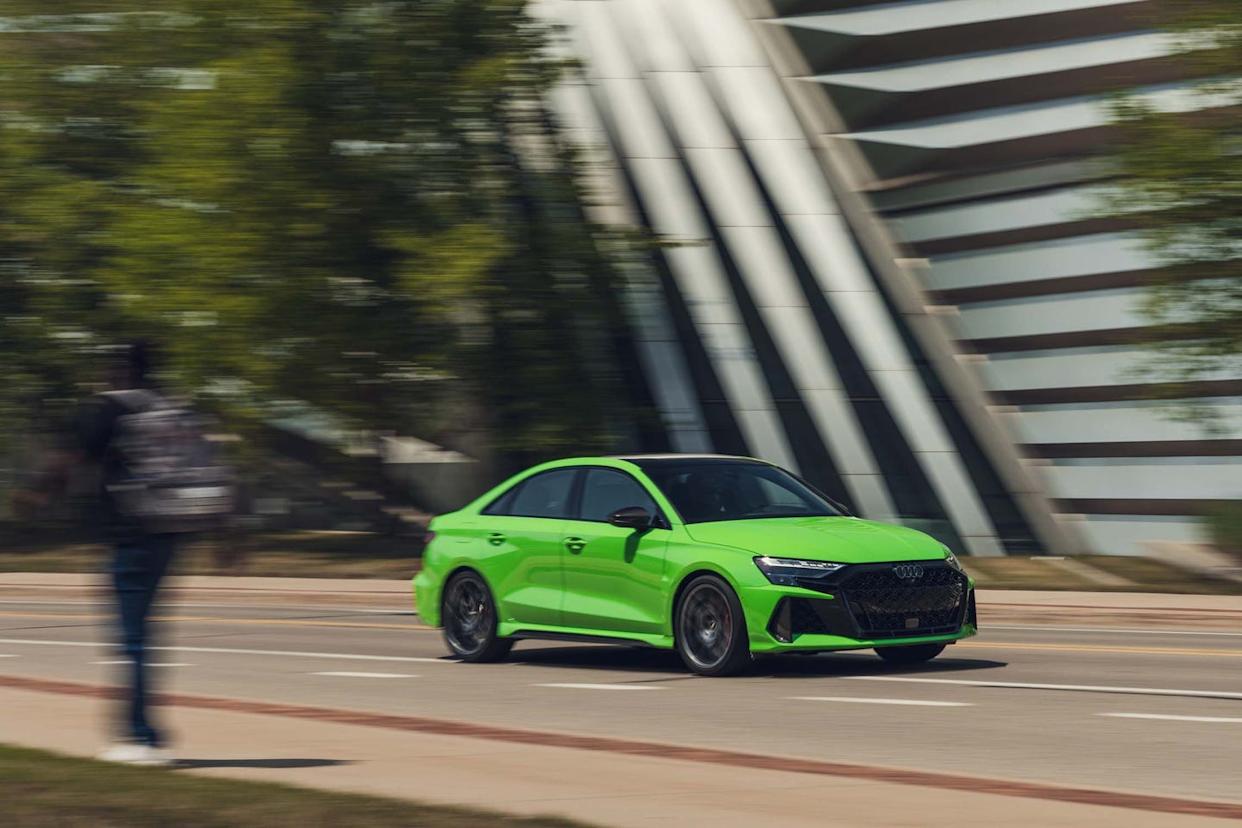
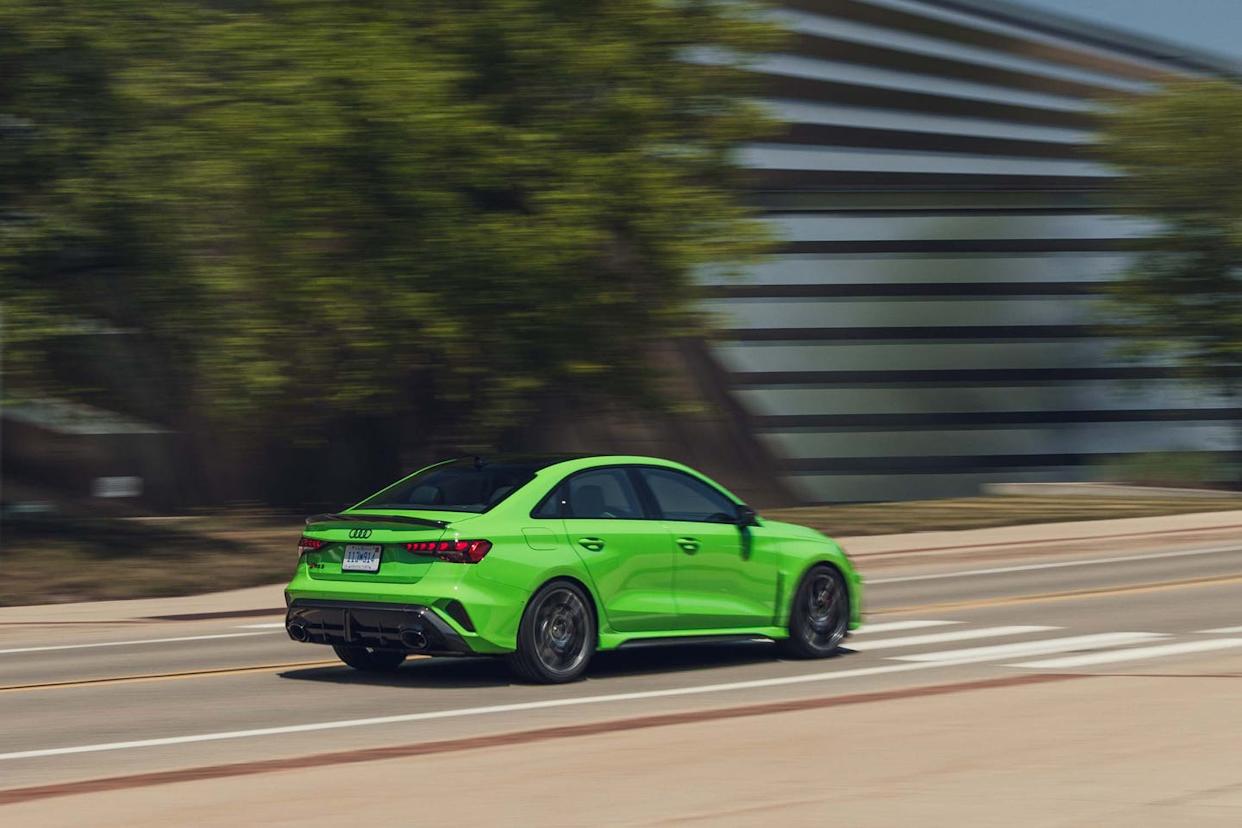

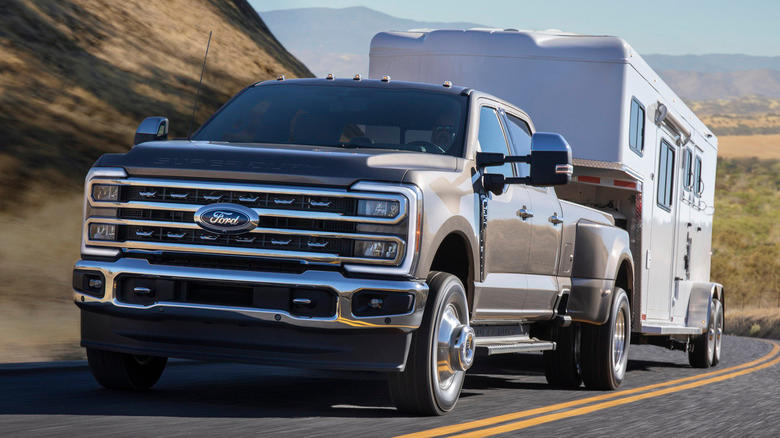
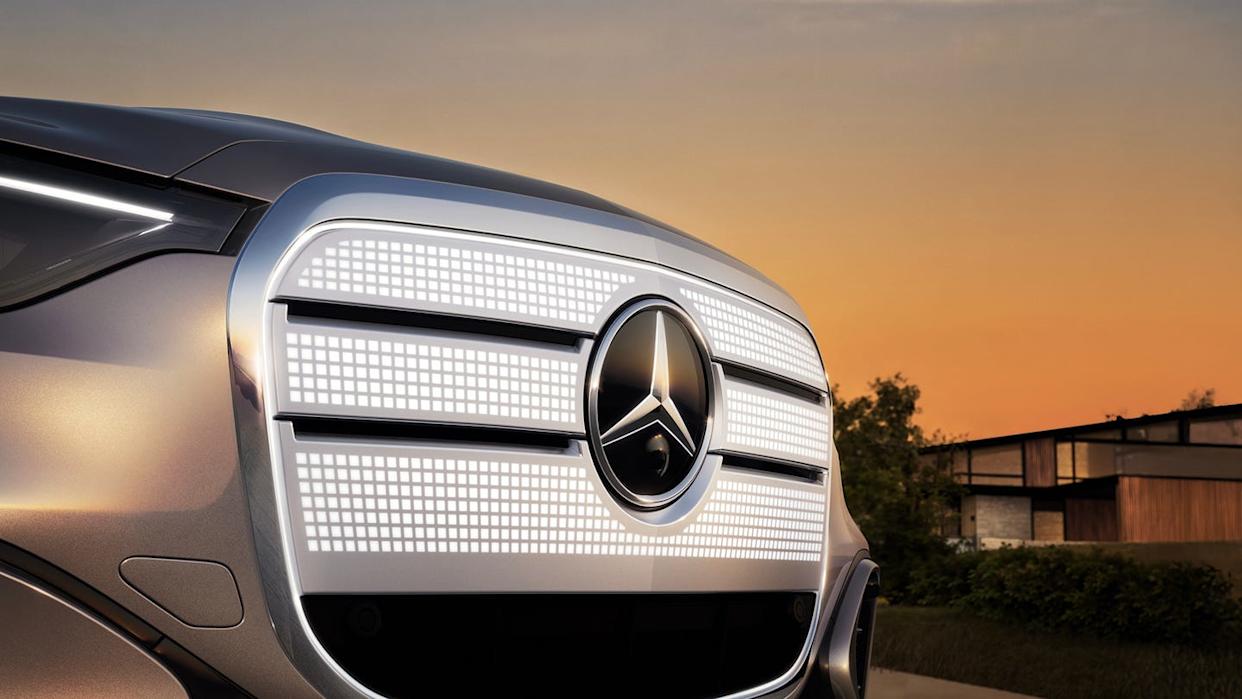
Comments